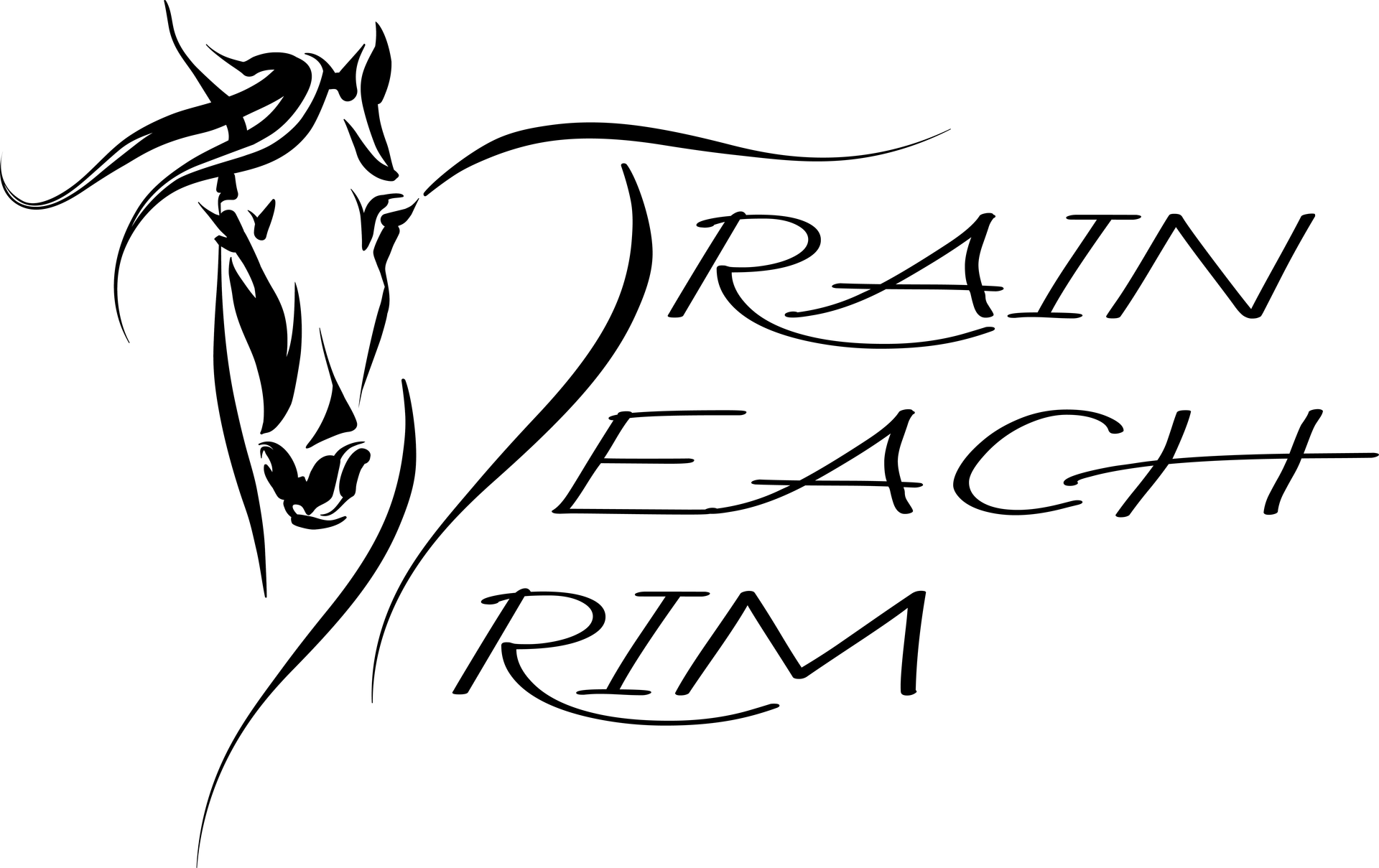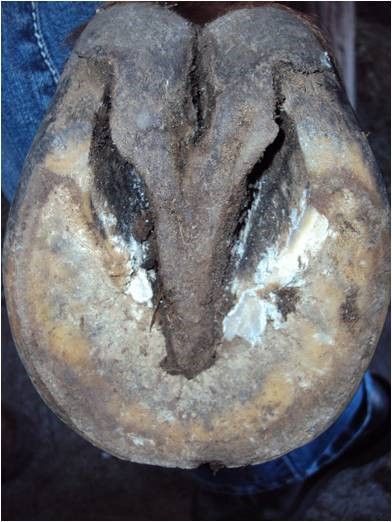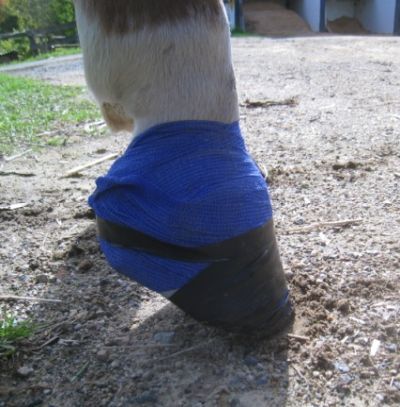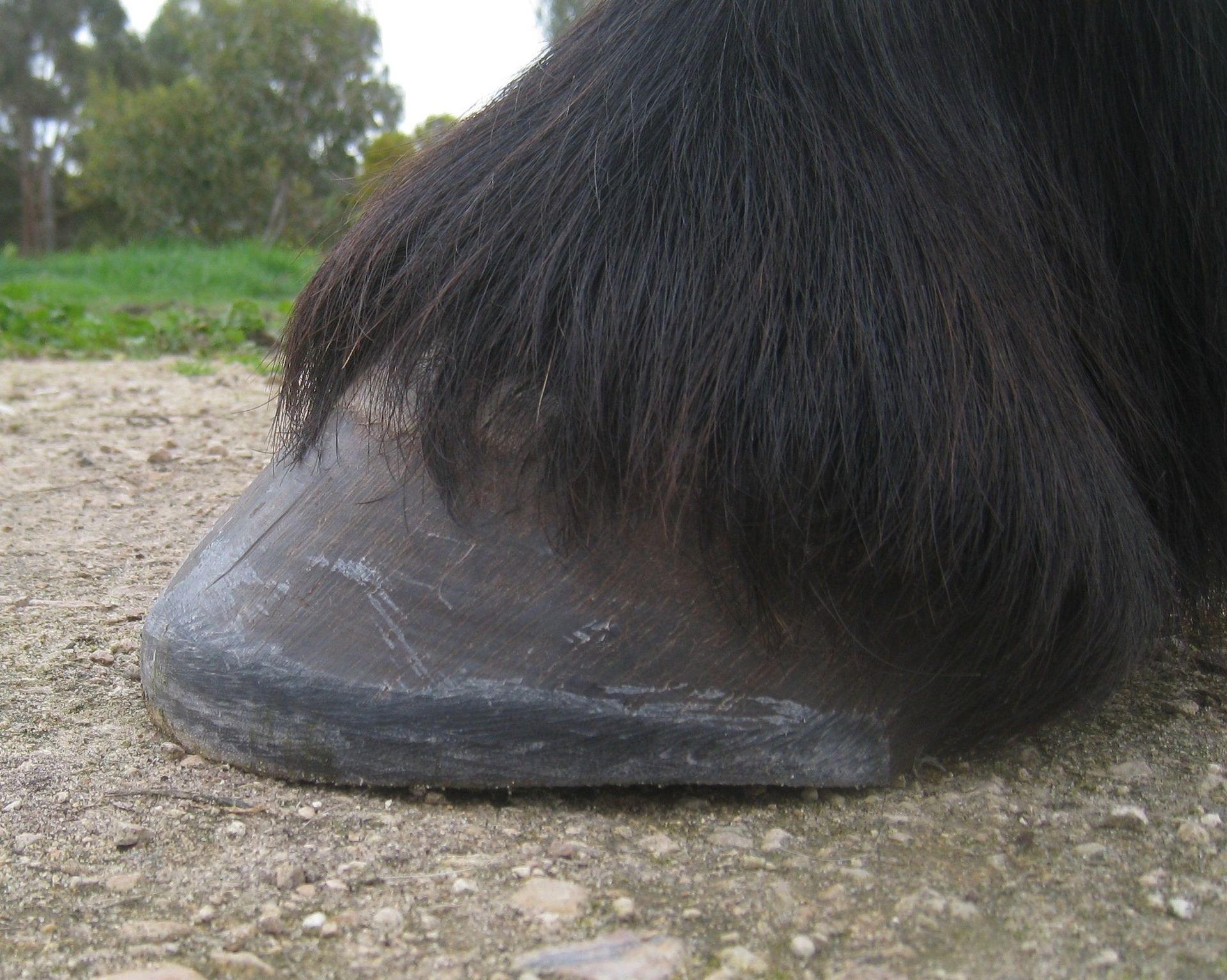Shoes for Laminitis - Yes or No?
- By Jenny Austin
- •
- 13 Sep, 2023
- •
Shoes for Laminitis - Yes or No?

“There was instant relief after the shoes were applied” “the shoes have made her so much more comfortable” “he’s not in pain anymore with the heart-bar shoes on”
These and other similar statements are often heard from horse owners, farriers and Veterinarians alike after shoeing a horse with laminitis. It may be standard shoes or a special “therapeutic” shoe.
It can be difficult to dispute such clear clinical evidence because the horse will seem to walk off pain free after shoeing but it’s not the relief you think it is! As you will read below, it’s only masking the pain and possibly causing more damage.
This is a dangerous situation because they could then move more and faster than the recovering tissue can handle. The apparent benefit of being pain free in the short term will be compensated for by a prolongation of the problem in the long term. In our trimming practice, we see and hear of many horses whose condition deteriorated over several months in shoes (especially the therapeutic kind) and everyone is scratching their heads not understanding how that could have happened. We have also met several horses with laminitis who just lay down and gave up once shoes were nailed on and the shoes had to be urgently removed.
One real case study was Joseph, who was already shod but started to get footsore and was diagnosed with laminitis in November (late spring). Joseph’s owner was advised to keep working him to reduce his weight and vaguely to “cut down” his feed. Joseph was also prescribed phenylbutazone (Bute) daily. So the diligent owner kept riding him until 3 months later he got worse and she organised more radiographs. The deterioration inside the hoof capsule over the 3 months was very significant. The pedal bone rotation had gone from zero to 15 degrees! The farrier came along and recommended heart bar shoes to “support the bone from rotating further”. Luckily for Joseph, his owner called us. We removed the shoes and the CAUSE of the laminitis, which was his diet, supplied boots and pads, stopped the use of BUTE, implemented hand walking and now 3 months from our first appointment he is moving soundly barefoot and ready to get back to riding.
There have been many others, including some who sadly didn’t make it because wedged shoes were applied which resulted in pedal bone penetration of sole and subsequent infections.
On the other hand, we have rehabilitated many cases without shoes and often if it’s one of our existing clients, it’s all over and done with by the next trim.
So WHY do shoes cause more harm, specifically to hooves affected with laminitis?
What are the disadvantages of shoes which make us so strongly discourage their use?
- Causes a reduction in the effect of healthy hoof mechanism – this means it limits the supply and transfer of blood in the hoof or in other words less circulation having a numbing affect (therefore shows less pain)
- Frequent trims to facilitate re alignment are impossible with a shoe
- Causes increase of vibrations affecting the whole leg.
- Decreases natural shock absorption
- Lengthens break-over of stride, causing strain
- Affects the growth of the healthy tissue as new connection grows in
- Changes to sole sensitivity are harder to notice with a shoe on (because it’s lifted off the ground), therefore progress or deterioration can’t be monitored easily.
- Frogs will atrophy due to reduced pressure which can then become painful and cause toe first landing on a compromised toe area
- The sole will become soft and weak due to lack of stimulation
- Shoes prescribed with wedges aim to raise the heels to relieve tension on the deep digital flexor tendon, but doing so, will increase the pressure on the tip of the pedal bone and the lamellar connection at the front of the hoof – causing more pain and disruption to the new attachment of lamella. The pulling of the tendon is not the whole reason for pedal bone rotation, it’s equally the bond of the lamina to bone and extensor tendon.
- Fungal and bacterial infections enter through nail holes
- Nailing to a separated wall causes it to become weaker
- Restricts the transport of nutrients and removal of toxins. Infections can result.






